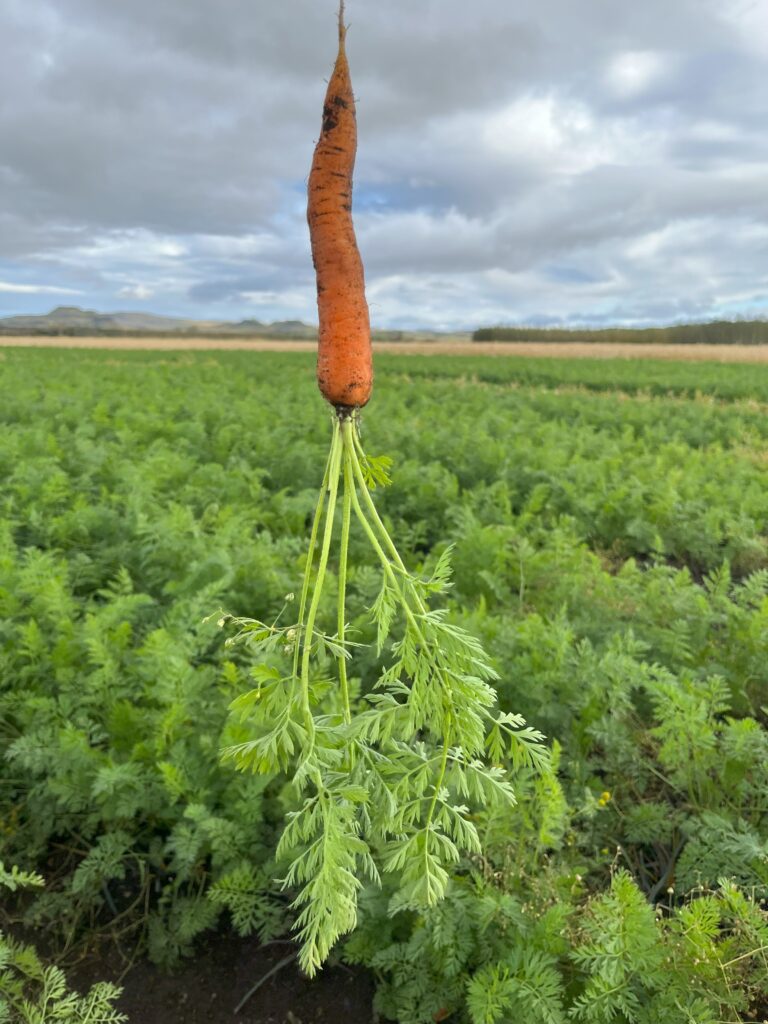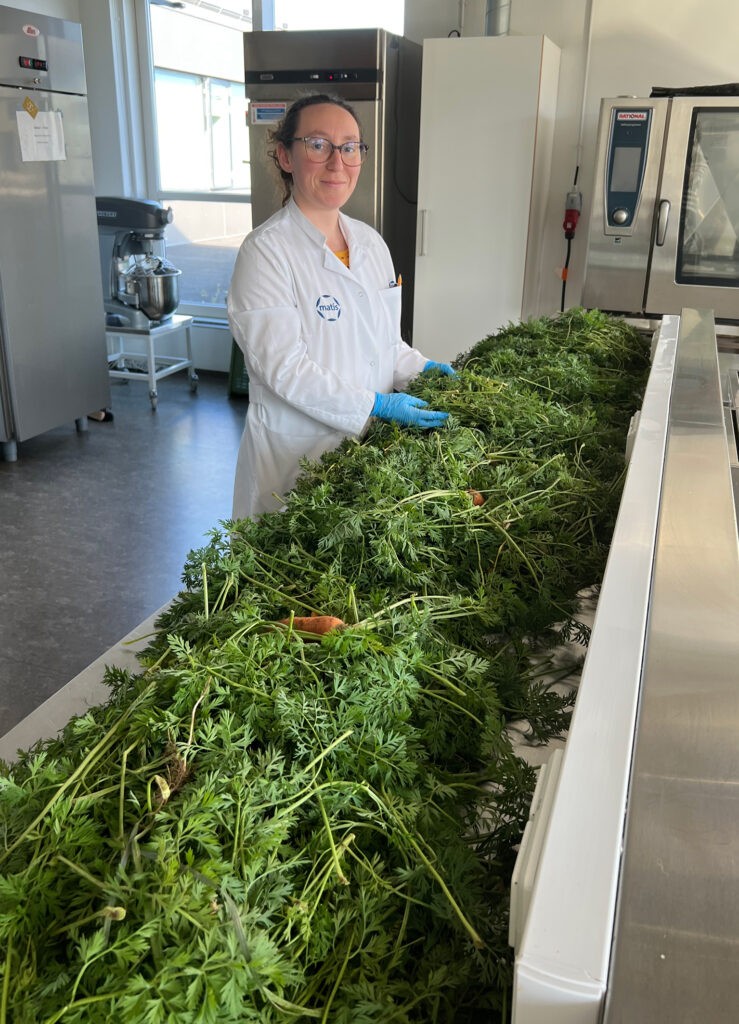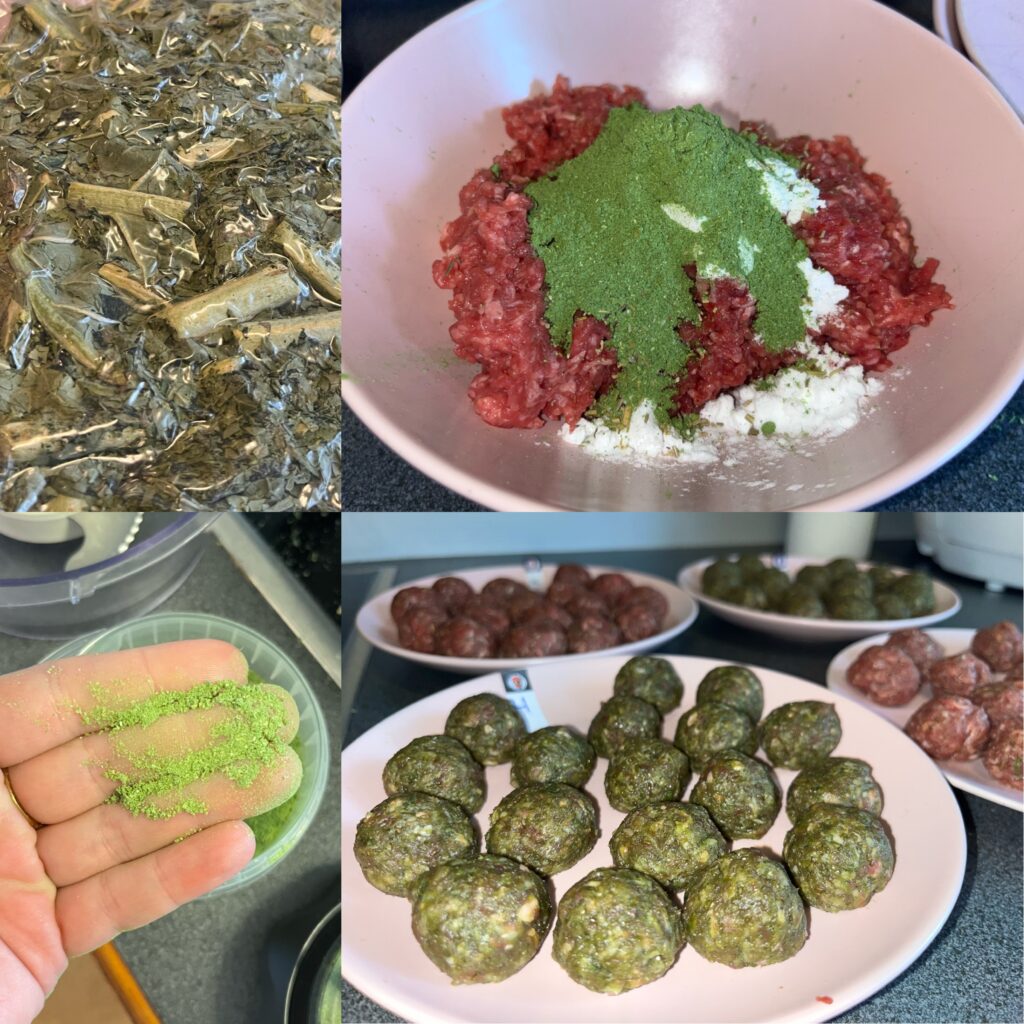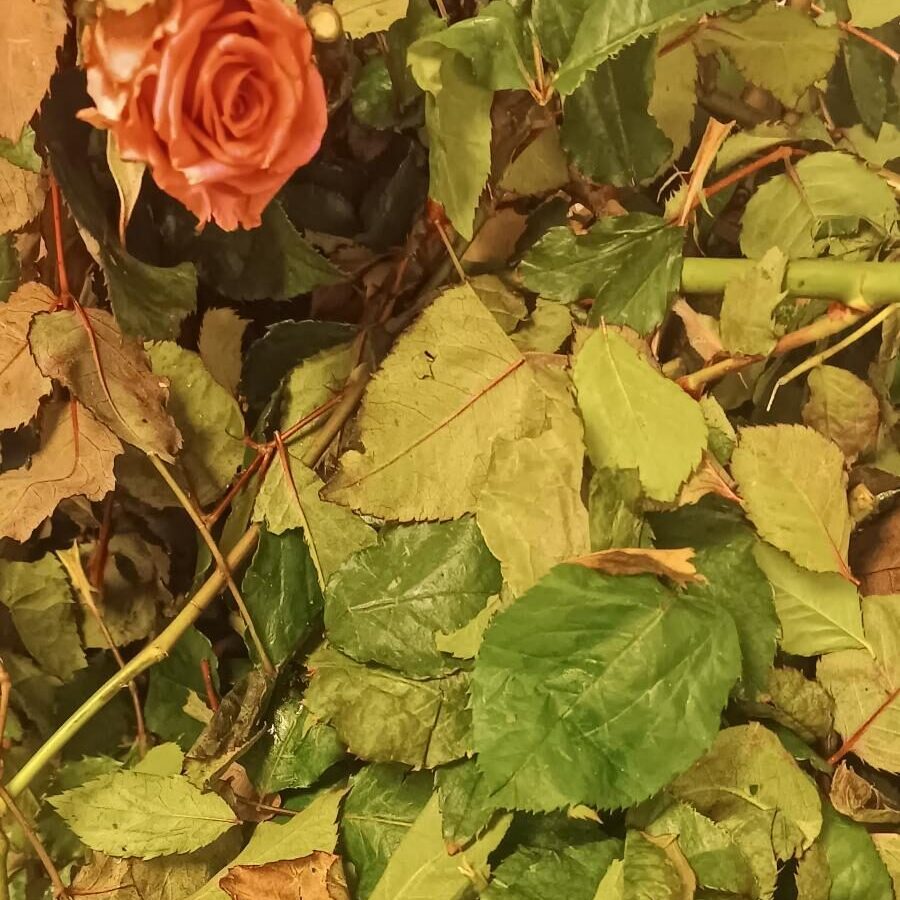Horticultural farms produce a huge amount of by-products that can be used in a variety of productions. Leaves can be used in spice mixes and fiber can be extracted from them to be added to foods. Antioxidant activity was measured in various by-products and it was found that rose cuttings can be used in cosmetics such as facial creams. This is stated in the recently published final report of the project Valorisation of side streams from Icelandic horticulture which Matís led and finished at the end of 2023. The project was carried out in collaboration with the Farmers' Association of Iceland and Orkídea with a grant from the Food Fund.
The aim of the project was to explore the possibility of using diverse by-products from gardening as ingredients for food, nutritional supplements or cosmetics. The side products under investigation were cucumber and tomato leaves, leaves of outdoor cauliflower and broccoli as well as leaves and stems from floriculture. It was also examined whether the use of second-class carrots and potatoes could be improved. All this was studied with a view to increasing the value of vegetable production, improving utilization and increasing sustainability.
Nutritious leaves and low heavy metal concentration


It was surprising how much various nutrients were measured in the side products. Significant amounts of fiber were measured in leaves, stems and carrot grass. The diet of Icelanders often contains too little fiber, but it would be possible to use these substances to improve it. The by-products were generally found to be rich in minerals, particularly potassium, phosphorus, magnesium, calcium and iron. Heavy metals were not measurable or their concentrations were extremely low. These results encourage the utilization of by-products in food. When using new products for food, however, food safety must always be considered, as some plants contain unwanted natural substances to protect the plant. When plant parts have not previously been used for human consumption, it is necessary to check which rules apply to food.
Premium raw materials with the right processing methods

In the project, freeze drying was used to pre-process the raw material for various product development. For example, a special spice mix containing freeze-dried leaves of cauliflower and broccoli was created for meatballs to improve both the taste and wholesomeness of minced meat. The product concept is that the consumer only needs to mix one portion of spice mixture against 600 grams of raw mince and one egg, then it is possible to form buns and fry. This is a simple, nutritious and tasty dish with very little effort.
Deep-fried carrot strips could be a premium product to top off fancy dishes, as a snack or side dish. In the project, experiments were carried out with this processing method, and lightly salted, deep-fried beet strips turned out to be the most delicious. The taste was roasted/roasted, slightly bitter and reminiscent of coffee bean notes. The texture was crispy and the taste extremely delicious. Comparable products on the market are, for example, fried onions and potato straws (pik-nik).
Rose petals and branches with unexpected functions
Exciting opportunities lie in the use of rose petals and rose branches in skin care products, as the antioxidant activity is high in these side products of gardening that are usually thrown away. Rose leaves and branches had the highest antioxidant activity compared to leaves of cauliflower, broccoli, tomato and cucumber. It is therefore an extremely interesting future project to create skin care products with this ingredient and to better measure the effectiveness and conduct consumer tests.

